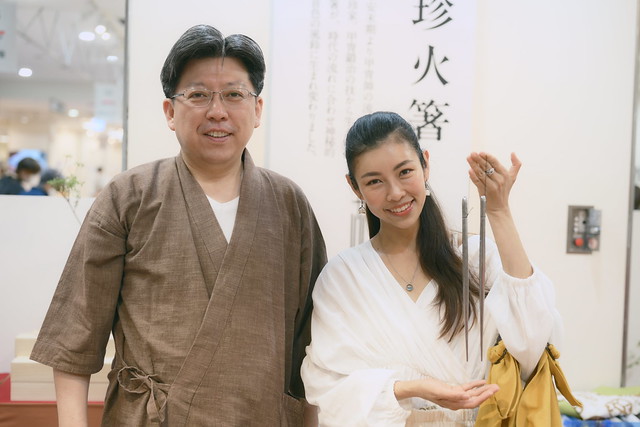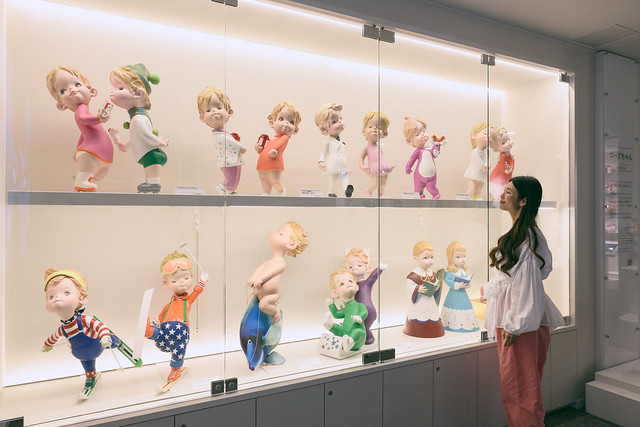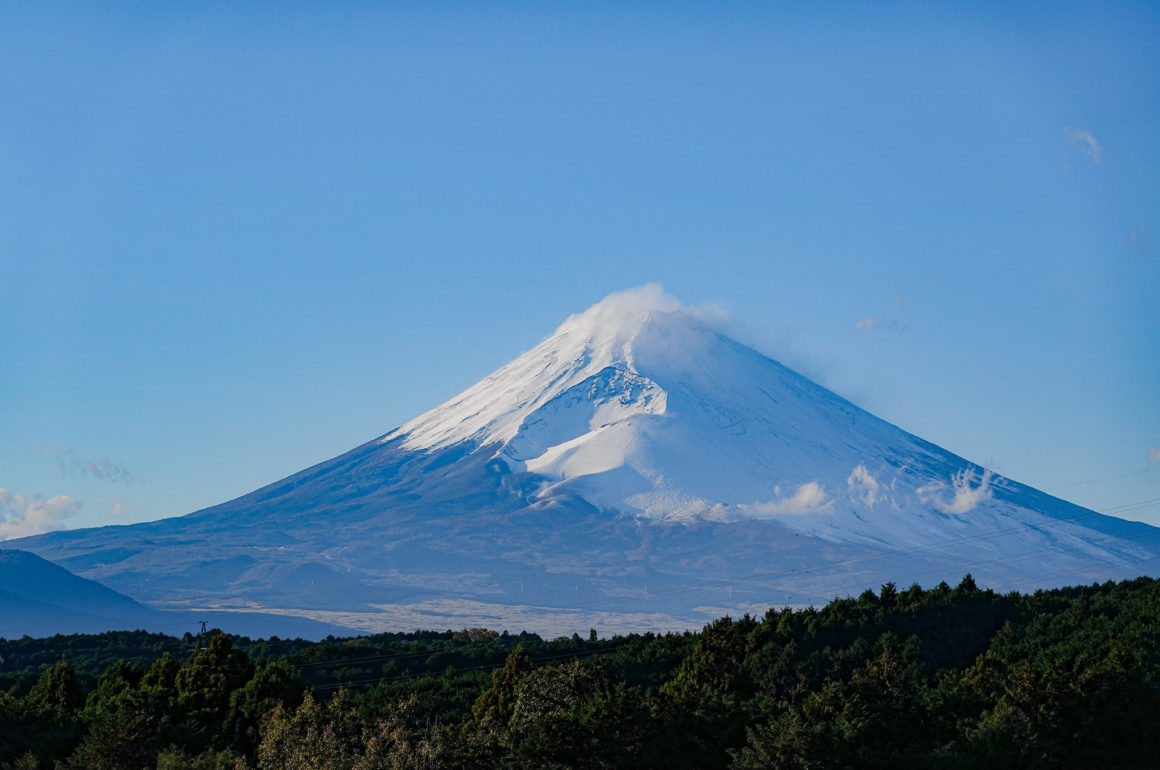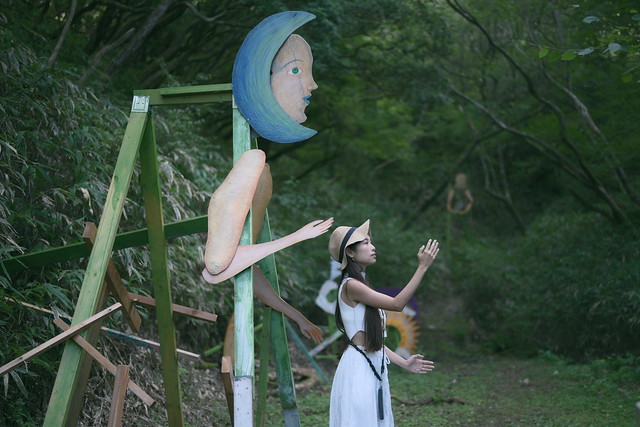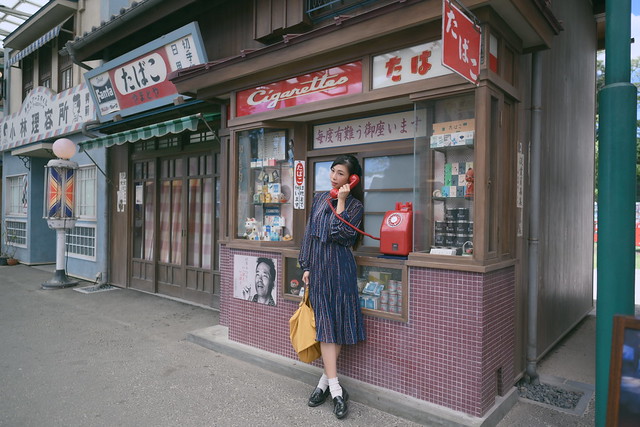Read my previous posts:
MIE PREFECTURE
GIFU PREFECTURE
NAGOYA CITY
AICHI PREFECTURE
Today we are exploring the prefecture sitting right between Nagoya and Tokyo – Shizuoka.
Easily accessible from both Nagoya and Tokyo on the Shinkansen (about an hour from Tokyo, and 1.5 hour from Nagoya to arrive at Mishima Station on Hikari Shinkansen), Shizuoka is often my choice of a weekend getaway, with Izu Peninsula being my top pick for its abundance of healing onsen resorts in famous Atami, Ito and Shimoda area.
Shizuoka is also home to Mt Fuji, although its neighbour Yamanashi Prefecture shares half the privilege as the magnificent mountain straddles right between both prefectures.
So let’s take a look at what this lovely prefecture has to offer!
Izu Peninsula 伊豆半島

Izu was one of my most frequented resort destinations from Tokyo, given how easily accessible it is from the metropolitan. I hopped on a Kodama Shinkansen from Tokyo Station (or Shinagawa Station) and got down at Mishima Station. The journey was barely an hour.
Mishima Skywalk 三島スカイウオーク
A bit of a distance away from Mishima Station is one of the latest attractions – Mishima Skywalk. You can take a 20-minute shuttle bus to reach this new recreational spot in the region.

Mishima Skywalk is home to currently the longest suspension pedestrian bridge in Japan, with the length of 400m, just as long as a 16-car shinkansen bullet train, I was told. I was more surprised at the length of bullet train than anything else, to be honest.

It’s hard to comprehend the grandeur of the bridge while you walk on it, but the view of it from afar is indeed impressive.

As scary as it looks, the skywalk is more stable than it looks, given how it is built just recently. I have been on countless of ancient suspension bridge in Japan and trust me, this is probably the longest, but the most solid and sturdy.

Crossed the bridge with ease yet still itching for more thrill? Know that you can also zipline across 560 meter (both ways) almost parallel with the bridge, creating an interesting sight for people who are watching both bridge crossing and mid-air dangling.

Didn’t even break a sweat flying across the valley? Here’s the newly opened forest adventure park, where you get to challenge all sorts of mid-air walking, this time a little scarier, I supposed. I basically flung myself over from a wooden ledge into a net, Tomb Raider style, all for this photo. You are welcome.

To calm your throbbing heart, visit Furokku「ふろっく」, a paradise for fluffy creature addicts.
The faint hearted can also totally skip outdoors and make a beeline to go all awww, I mean owwwwl, at the feathery, spiky, furry little fellas.

It’s a pretty popular spot so make sure you check vacancy and plan your time accordingly.

Enjoy a plate of curry with fried croquette famous in the region to fill your tummy up before your next journey.
Izunokuni Panorama Park 伊豆の国パノラマパーク

There are probably hundreds of ways and spot to enjoy Japan’s Mt Fuji, and here it is, a rather special location – Fujimi Terrace of Panorama Park.

First of all you will take a really long ropeway arriving to the summit of Mt Katsuragi at 452m, and you’ll be met with a spectacular view of the venerable mountain (if weather permits) and the tranquil glisten of Suruga Bay of Izu peninsula.
It was sunny but rather cloudy so Fuji was partly dressed in fluffy cotton, but sublime nontheless.

Enjoy a sweet wagashi treat and a hot bowl of matcha while you bask in the glorious view.


There’s a garden famous for autumn viewing as well as a collection of Jizo Buddha statues and a Shinto shrine if you are keen to explore more.

There’s also the typical bell of happiness for couples who visit.
Dogashima Cave Cruise 堂ヶ島マリン

You can find all kinds of boat tours all over Japan, this one is short and sweet – brief enough not to get bored or motion sickness, and the highlight was well worth the ride.

The 20-minute cruise will bring you along the coastline to admire the dramatic rock formations, before it slowly enters the highlight – Tensodo Cave.

Both the cave and water reflect a surreal blue hue while beams of sunlight pierce through the ceiling and into the ocean’s surface, creating a truly magical vista.
Hotel New Ginsui, Dogashima 堂ヶ島銀水

Hotel New Ginsui makes a truly wonderful stay, not only with its spacious tatami room, and delightful kaiseki dinner banquet, but also a million dollar sunset view of the Suruga Bay of Izu Peninsula.

Right from my ryokan room balcony, taken on iPhone, no edit.

Dinner was lovely to say the least with the most generous amount of fresh seafood, I have never seen a more detailed “kondate”(献立) – dinner menu, the attention to details is mind-blowing. There was even a QR code for you to scan for a video of the best way to grill abalone!

The feast came with a truly perfect sweet ending – Kuzukiri Fruit – a fruit jelly dessert that is said to be praised by the Heisei Emperor himself during his sojourn here at the ryokan.
Fujinomiya City 富士宮市
Sengen Taisha Shrine 浅間大社
There are endless of reverent tales to be told of Japan’s most loved peak, Mt Fuji. Sengen Taisha (shrine) holds one of it.

Over the past thousands of years, Mt Fuji has wordlessly taught the people in Japan both respectful fear and admiration for nature, and a unique spirituality and harmony with nature. Many Japanese people until this modern day believe that the mountain itself is a spirit and shall be worshipped and honored.
Sengen Taisha was built over a thousand years ago to placate the raging, erupting Mt Fuji. Although this shrine is placed at the mountain foot in Fujinomiya city, there’s a detached Okunomiya shrine located at the summit, only accessible in summer time through actually climbing it all the way to the top.

See the two-tiered tower of the main hall? This current structure of the shrine is actually rebuilt by great Shogun, Tokugawa Ieyasu after his victory at the Sekigahara Battle as a celebration in the 1600s. This is a very rare structure of a shrine and is named the Sengen-Tsukuri for that reason. Ieyasu also donated all the land above the 8th station of Mt Fuji to Sengen Taisha, so the shrine technically holds ownership of the territory of the mountain peak itself.

Mt Fuji is supposed to appear right at the back of the shrine as a beautiful backdrop, but even if you visit on a rainy day, you still get to enjoy all sorts of beautiful views of the holy mountain all over the shrine.

A rare ema with Mt Fuji painted on the front side.

A walk deeper into the shrine complex reveals Wakutama-no-ike (Gushing Jewel Pond). Formed by the melted snow of Mount Fuji, this pond has been designated a special natural treasure.

One day I do wish to visit Okunomiya, Sengen Taisha’s penetralia at the summit of the regal mountain. Mission waiting to be checked off…
Mt Fuji World Heritage Center

Before making your way to Sengen Taisha, you may pass by this giant red torii known as the first torii of the shrine.

Next to the torii is a curiously-shaped structure that looks like an upside down Mt Fuji. And that is the Mt Fuji Heritage Center – of course, dedicated to the sacred mountain that holds immense significance to all of Japanese people since the days of yore.

Entering the museum, one will follow a spiral slope upwards filled with projected visuals that of the sceneries of the actually mountain, creating a surreal virtual experience as if one is really climbing up to the summit.
You will find a bunch of interactive exhibits that reveal how Mt Fuji was formed and the way humans have interacted with it through the ages.
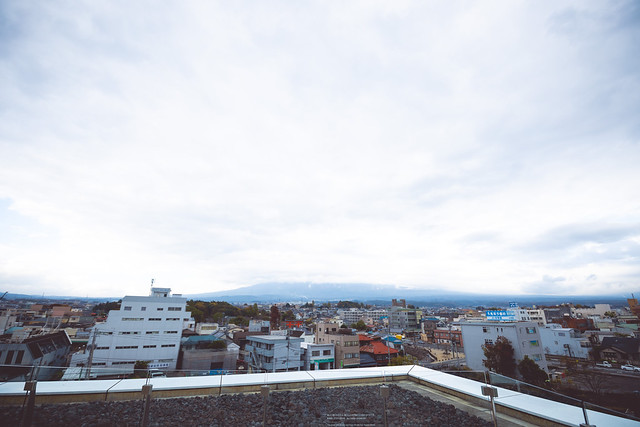
When you reach the top, and, if you are lucky, of course, you will be rewarded with a stunning view of the iconic mountain. Since I can’t share the lucky experience with you today, here’s a photo taken of a photo in the hall of how it looks on a clear day.

Entrance fee to this stylish museum is only JPY300. Visitors below university age and above 70 years old get to enter free of charge.
Fujinomiya Yakisoba

A short walk from the shrine and heritage center is a narrow street where you could find affordable local delicacies going for as low as JPY300, and one that you shouldn’t miss is Fujinomiya Yakisoba, fried Japanese noodle.

What makes it distinctive from other types of yakisoba all around Japan is the use of lard in noodle frying, making it extra fragrant, reminiscent that of our Malaysian Hokkien mee or fried kuey teow. Yums!
Shizuoka City 静岡市
Miho no Matsubara World Heritage 三保の松原
Part of the Mt Fuji World Heritage asset, this photogenic spot (on a clear day) is known all over Japan as seen often in Ukiyoe paintings and also lovingly depicted in Waka (Japanese poetry) since ancient time.

One of the 3 New Scenic Spots in Japan. (Image from Google)
So… if you are lucky this view lies in wait for your arrival. However weather was not on my side when I made it there, I can only picture it mentally and hope that I get better luck the next time I return.

The most famous tale of Miho no Matsubara is the legend of “Hagoromono”, namely “Robe of Heavenly Feathers”, where the story tells of a fisherman who picks up a goddess’s feathered robe when she hangs it on a pine branch and bathes in the sea. He asked her to show him “Hagoro no mai” (goddess dance) in exchange for the robe to be returned.
This pine tree is said to be the third generation where the goddess hung her robe on.

This is Kami-no-Michi, directly translated as “God’s path”. This 480-meter-long avenue is lined with hundreds of old pine tree, planted by locals centuries ago to honor the God as the God descends from the sea. It is also an approach leading up to the Miho Shrine.

Surrounded with cherry blossom, Miho Shrine known to provide blessing especially for marriage and good luck in relationships.
During the shrine festival, Hagoromo-no-mai, the goddess’s dance in the legend above is carried out by shrine maidens, passed down since more than a thousand years ago from generation to generation with the support of devout faith from the locals. The dance retains the original form of Japan’s oldest dance, known as the Yamato Dance, completed with one of the oldest musical instruments used in Japan – Hichikiri and Ryuteki (dragon flute).
Nihondaira Yume Terrace
Here’s another place for you if you can’t get enough of Mt Fuji. This tallest mountain in Japan is so tall it can be admired from different angles even from afar.

A stylish new facility, very Kuma Kengo (world-famous Japanese architect) style, once won the 1st prize of Japan’s tourist attraction top 100 competition, with its unbeatable view of all of Mt Fuji, Suruga Bay, Miho no Matsubara, not to mention also a ropeway that connects the peak with Kunozan Toshogu – the first Toshogu shrine, also the original burial place of shogun Tokugawa Ieyasu.

Aside from a precious view of Mt Fuji on a clement day, many also come here for the stunning night view over Shizuoka city.
Sunpu Takumi Shuku
Looking beyond just sceneries and craving for some deeper culture? Head over to Sunpu Takumi for some handcraft workshops.

When an epic historical architecture is present, it is often that you will see footprints left by extremely skilled artisans in the region. Shizuoka is one of them. When the Sengen Shrine of Sunpu (old province name for Shizuoka) was constructed, skilled craftmen such as carpenters, plasterers, painters, lacquers, and carvers were gathered from all over the country, and the locals inherited these precious craftsmanship.

Sunpu Takumi Shuku, 駿府匠宿, literally means an inn about Sunpu’s skilled artisan, is a center where you get to learn and experience all kinds of traditional local handicrafts.
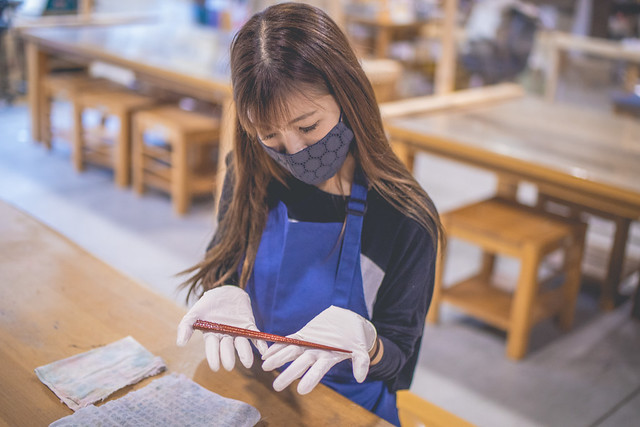
There are a wide varieties of activities to choose from, including making woven bamboo, lacquered chopsticks, indigo dye, pottery, glassware and more.

A short walk brings you to Omoshiro Taiken-kan (‘Interesting Experience Hall’), where more experiences await such as sandblasting, laser etching on wood, etc. There’s also a museum with all kinds of seasonal and permanent exhibition related to local culture and history, such as this largest pair of lacquered geta sandals in the whole of Japan.

When I was there, there was a seasonal display about Hina Matsuri (doll’s festival), as well as this epic diorama of Tokugawa Ieyasu and his entourage enjoying cherry blossom in spring time.
That’s the end for Shizuoka for now. In my final post, we will be exploring Hamamatsu city, technically part of Shizuoka prefecture but just like Nagoya, it’s so full of allures it deserves a standalone post.
S0 stay tuned!
Meanwhile, check out JAPAN by Japan for travel ideas, itinerary and a chance to win a pair of return flight tickets to Japan!


